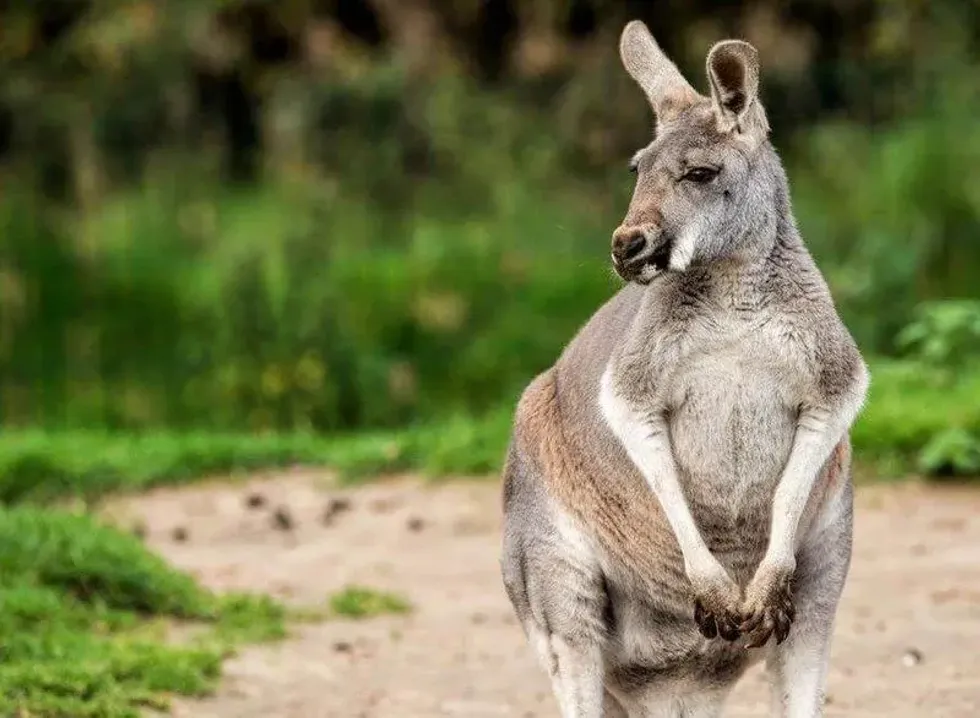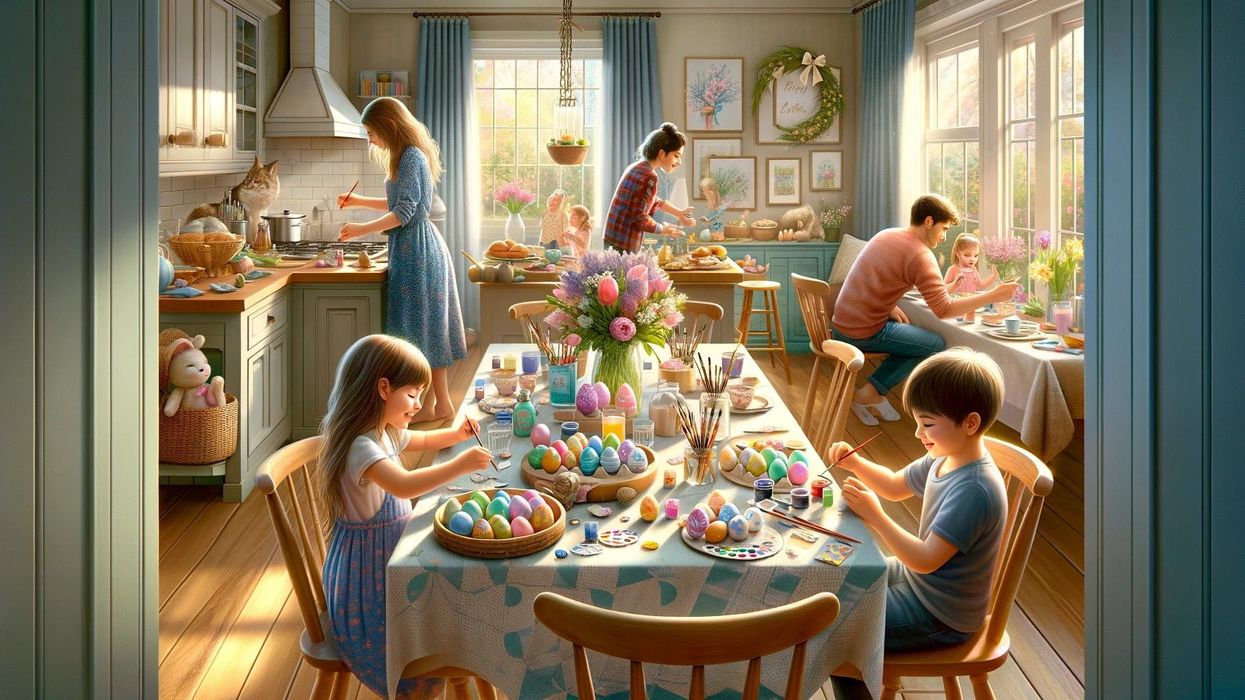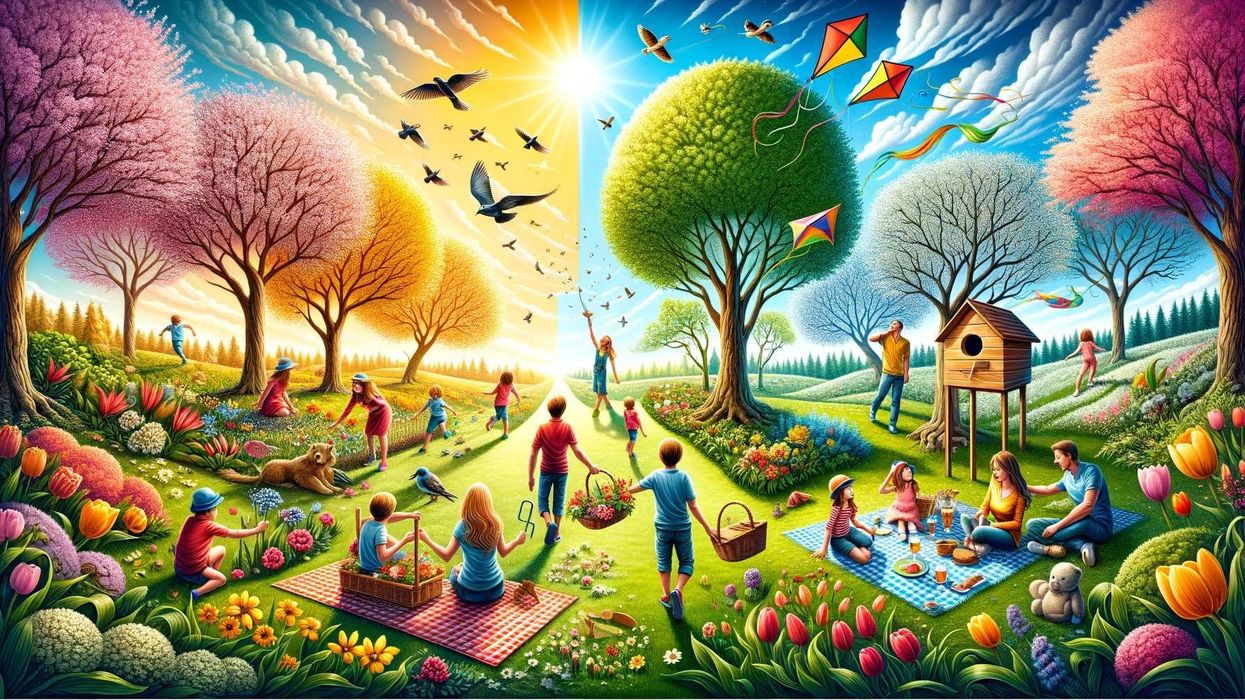26 January is Australia Day, the official national day of that country. It remembers the events of 26 January 1788, when Britain officially declared its sovereignty over the eastern parts of the island. Over time, this has come to be considered the founding day of the modern nation.
Although of national significance to Australians, the day is celebrated all over the world thanks to the widespread awareness of Australian cultures and influence. Here we present a few ideas to help your family celebrate this incredible country, along with ways to remember the indigenous cultures who were displaced and disrupted by western colonisation.
Cooking Australian: The Famous Australian Barbecue
Few things shout ‘Australia’ like the ‘throwing a few shrimps on the barbecue’. Australia Day coincides with the depths of winter in the northern hemisphere -- not exactly the time for al fresco dining.
For those who’d prefer not to brave the elements, we’ve put together a handy guide to grilling and griddling indoors, along with tips on setting the mood (some meat-free ideas here).
Kids (though probably not adults) will also love the uniquely Australian ‘fairy bread’. This is simply white bread, buttered, then sprinkled with hundreds and thousands.
It’s a doddle to make, if not exactly haute cuisine. Other Australian foods to explore include the oat-based Anzac biscuits (easy recipes available online), TimTam chocolate bars, and the famous vegemite sandwich (a bit like Marmite).
Celebrate And Learn About Australian Aboriginal Cultures
Australia’s first inhabitants, the Aboriginal people, discovered Australia some 50,000 years before western explorers. Their long, continuous presence and cultural richness is increasingly celebrated by other groups, after centuries of marginalisation (and worse).
Australia Day has a different meaning to indigenous Australians. It recalls the date when white colonists cemented their claims over ancient Aboriginal lands.
Some Aboriginal people know 26 January as Survival Day to reflect this. When holding a family celebration of Australia Day, it is important to discuss these issues with your children.
You could start by asking what they already know about Australia and see if they’re aware of Aboriginal Australians. You could talk about the elements of Aboriginal culture that they’ll already be familiar with (e.g.
boomerangs) then move on to the larger themes. See if they can name any other words that come from Aboriginal languages.
Budgerigar, kangaroo, wallaby and wombat all do, as does the name Kylie (another name for a boomerang). Surprisingly, didgeridoo is not of Aboriginal origin, but is probably an Irish word.Of course, there is much to say and learn about Aboriginal cultures, and how much you discuss will depend upon your children's ages.
Many good children’s books are available for younger kids. Recommended reads include Baby Business by Jasmine Seymour (about a Darug baby smoking ceremony), Brother Moon by Maree McCarthy Yoelu and Samantha Fry, and Mum’s Elephant by Maureen Jipiyiliya Nampijinpa O’Keefe and Christina Booth.
Create A Cute Koala
Australia is famous for its unique wildlife, from the emu to the echidna to, of course, the kangaroo. Among the cutest, and therefore a kid-favourite, has to be the koala. With nothing more than paper, pens and a bit of glue, you can craft one of these cute origami koalas.
Sample Aussie Beach Life
Around 85% of Australians live close to the coast. Although the idea that all Aussies spend their lives on the beach is something of a stereotype, it’s true that sand and surf certainly do play a prominent role in many Australian lives.
You might not be lucky enough to dwell beside the ocean, but that shouldn’t stop you enjoying a day beside the seaside in your own home.
Blow up some inflatables, get into your beachwear, fill the bathtub and then decorate it with seaside toys, and even make your own sand with this handy checklist we put together. It might not exactly be the Gold Coast, but your kids will love it.
The Australian Flag

An educational Australia Day activity for the kids is to get them to draw the Australian flag.
Its various elements reveal some of the history of the country, which you could discuss while you make the flag.The Union Jack: the most prominent feature, in the top-left, signifies Australia’s close ties to the United Kingdom.
The country was colonised by the British from the 18th century, and remains part of the Commonwealth to this day, with Queen Elizabeth as head of state.
You could explore this element further and explain how the Union Jack is made up from the crosses of England, Scotland and Ireland.The Commonwealth Star: The large star beneath the Union Jack is known as the Commonwealth Star or Federation Star.
It has seven points, which represent the six Australian states, with other Australian territories represented by the seventh point.The Southern Cross: The five smaller stars to the right are a visual representation of the Southern Cross, one of the best-known constellations of the southern hemisphere.
Four of the stars have seven points, while the smallest has only five (it represents a dimmer star in the constellation).
Watch An Australian Movie
Australia has given the world plenty of famous TV shows and movies, from the light comedy of Crocodile Dundee to the post-apocalyptic adrenaline of the Mad Max films. You don’t have to look far to find well-known family favourites, either.
Babe, the story of a talking orphaned pig, was filmed entirely in Australia, as was its sequel. The same is true of penguin franchise Happy Feet, though much of the action takes place in Antarctica.
Plenty of other kids’ films use Australia as a setting. Perhaps most famously, Finding Nemo and Finding Dory both begin in the Great Barrier Reef, off the eastern coast.
Nemo is trapped in a Sydney dentist’s fish tank for much of the first film.
The Rescuers Downunder, meanwhile, also known as Bernard and Bianca in the Land of the Kangaroos, sees a team of mice journey to the Outback on a rescue mission. It’s available on Disney Plus, as is the short Mickey Downunder, in which the titular mouse takes a whirlwind tour of the country’s biggest clichés.
And Finally… Five Things You Might Not Know About Australia
1. If you look at a map of Australia, you might assume it’s made up of seven states (New South Wales, Northern Territory, Queensland, South Australia, Tasmania, Victoria and Western Australia). However, the thinly populated Northern Territory is not officially a state, despite its huge area. It is instead a self-governing territory of Australia.
2. Koalas are often known as koala bears. However, they are unrelated to bears and are instead a type of marsupial.
3. Kangaroos can hop as far as 9 metres in a single bound!
4. Australia has the largest number of wild camels anywhere in the world, even though they’re not native. Many have been culled in recent years, but the number still stands somewhere around 300,000.
5. The capital of Australia is Canberra, but for 26 years between 1901 and 1927, it was Melbourne.









